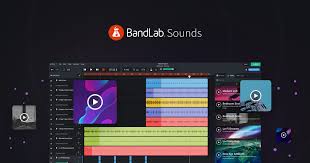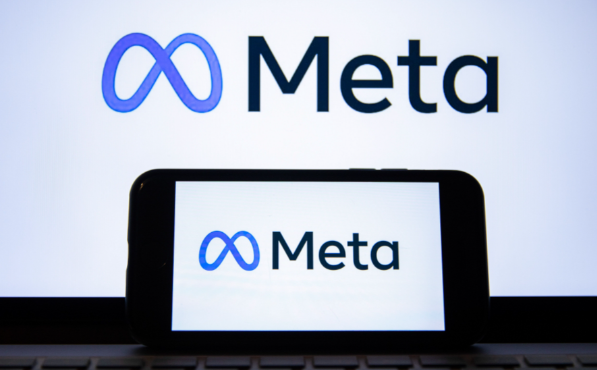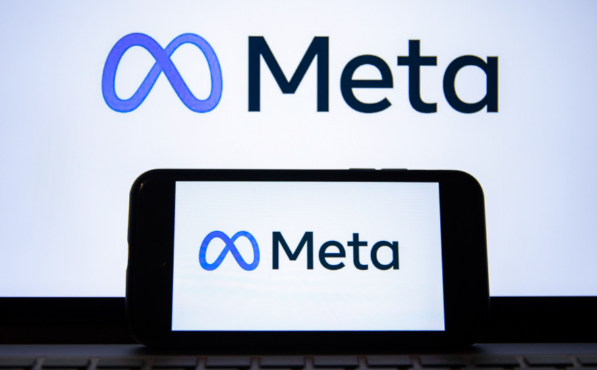As AI-generated music becomes more accessible, tools like MusicGen by Meta AI are taking center stage. This open-source model lets users turn simple text prompts—like “cinematic orchestral intro” or “upbeat reggae guitar riff”—into rich, coherent audio. But one question keeps coming up, especially among developers and researchers: What size is the MusicGen model?
Knowing the size of a model isn’t just a technical curiosity—it directly affects the speed, output quality, hardware requirements, and use case suitability. In this article, we’ll break down the exact sizes of the MusicGen models, compare them with other AI music tools, and explore how model size affects performance in real-world applications.

What Is MusicGen?
MusicGen is an open-source text-to-music model created by Meta AI. It uses a transformer-based architecture to convert natural language descriptions (and optionally, melody input) into high-fidelity instrumental audio. MusicGen was trained on 20,000+ hours of licensed music across genres, and it’s designed to be fast, lightweight, and transparent—making it one of the most developer-friendly tools in the AI audio space.
The model is freely available on Hugging Face and GitHub, with weights and code provided for full community access.
So, What Size Is the MusicGen Model?
The MusicGen model comes in multiple sizes, each optimized for different levels of quality, latency, and computational demand.
Here’s the breakdown:
| Model Variant | Parameter Count | Size on Disk (Approx.) | Best Use Case |
|---|---|---|---|
| MusicGen Small | 300 million | ~1.5 GB | Fast prototyping, low-resource systems |
| MusicGen Medium | 1.5 billion | ~6.2 GB | Balanced quality and speed |
| MusicGen Large | 3.3 billion | ~13 GB | Best quality, requires high-end GPU |
| MusicGen Melody (any size) | Same as base | + supports .wav melody input | Audio sketching, remixing with guidance |
Why Does Model Size Matter?
1. Quality of Output
Larger models generally produce more coherent, stylistically accurate music. MusicGen Large is better at handling complex prompts, maintaining rhythm, and layering instruments realistically.
2. Hardware Requirements
Small runs on most consumer laptops or CPUs
Medium is best suited for mid-range GPUs (e.g., RTX 3060 or Apple M-series chips)
Large needs high-memory GPUs like RTX 3090, A100, or Apple M2 Ultra
3. Latency and Speed
Smaller models generate music faster, making them great for interactive apps or real-time generation. Larger models take longer to compute but reward you with superior musical structure and detail.
How Big Is the Download for Each MusicGen Model?
Here’s a rough estimate based on Hugging Face-hosted weights:
MusicGen Small: ~1.5 GB
MusicGen Medium: ~6.2 GB
MusicGen Large: ~13 GB
(Note: You’ll also need EnCodec weights for decoding audio tokens, ~200MB additional)
If you’re deploying locally, be prepared for GPU memory usage:
Small: ~4GB VRAM
Medium: ~8GB VRAM
Large: 16GB+ VRAM recommended
How MusicGen Model Size Impacts Use Cases
Let’s look at how the different sizes of MusicGen translate to real-world applications:
MusicGen Small (300M)
Use Case: Mobile apps, low-latency demos
Strengths: Lightweight, fast response
Limitations: Audio fidelity is lower, more repetition
MusicGen Medium (1.5B)
Use Case: Web-based creation tools, general-purpose use
Strengths: Balance of speed and quality
Limitations: May need moderate GPU or cloud inference
MusicGen Large (3.3B)
Use Case: Music production, AI research, high-end creative workflows
Strengths: Highest quality, best genre diversity and rhythm control
Limitations: Slower generation, needs powerful hardware
How MusicGen Compares to Other AI Music Model Sizes
Let’s compare MusicGen model size with some other known or estimated AI music tools:
| Tool | Estimated Size / Params | Public Access | Vocal Support | Notes |
|---|---|---|---|---|
| MusicGen Large | 3.3B params (~13 GB) | Yes | No | High-quality instrumentals only |
| Suno v3 | Proprietary (unknown) | No | Yes | Full vocals + music, cloud-only |
| Udio | Proprietary (unknown) | No | Yes | Very high vocal realism |
| Riffusion v2 | ~100M–300M (estimated) | Yes | No | Real-time riff generation, smaller size |
Should You Choose MusicGen Small, Medium, or Large?
Here’s a decision tree:
Want quick results and low memory use? → Go with Small
Need good quality without maxing out hardware? → Try Medium
Looking for the best musical realism and layering? → Use Large
You can also experiment with melody-guided versions, which give you even more control over rhythm and harmony by letting you input a .wav melody file.
Conclusion: MusicGen Sizes Offer Flexibility for Every Creator
So, what size is the MusicGen model? The answer depends on which version you choose—from 300 million to 3.3 billion parameters. Each version is tuned for a different balance of speed, quality, and resource use, allowing creators, developers, and researchers to find the right fit for their needs.
If you're just exploring AI music for fun or want to build a lightweight browser app, MusicGen Small will serve you well. For higher-quality results or production-grade audio, MusicGen Large is your best bet—just make sure you’ve got the GPU horsepower to support it.
Thanks to its transparency and scalability, MusicGen remains one of the most approachable AI music generators on the market. Its model sizes give you the freedom to choose how deep you want to go.
FAQs
What is the largest MusicGen model?
MusicGen Large, with 3.3 billion parameters and approximately 13 GB of disk size.
Can I run MusicGen on a regular laptop?
You can run MusicGen Small on most modern laptops (CPU or M1/M2 chips), but Medium and Large versions need a dedicated GPU for efficient inference.
How big is MusicGen Medium?
MusicGen Medium has 1.5 billion parameters and takes up around 6.2 GB of space.
Is the melody version a separate model?
No, the melody-compatible versions have the same size as their text-only counterparts, but they were trained with additional input formats.
Where can I download MusicGen models?
You can get them from Meta’s Hugging Face page, including instructions and example notebooks.
Learn more about AI MUSIC








